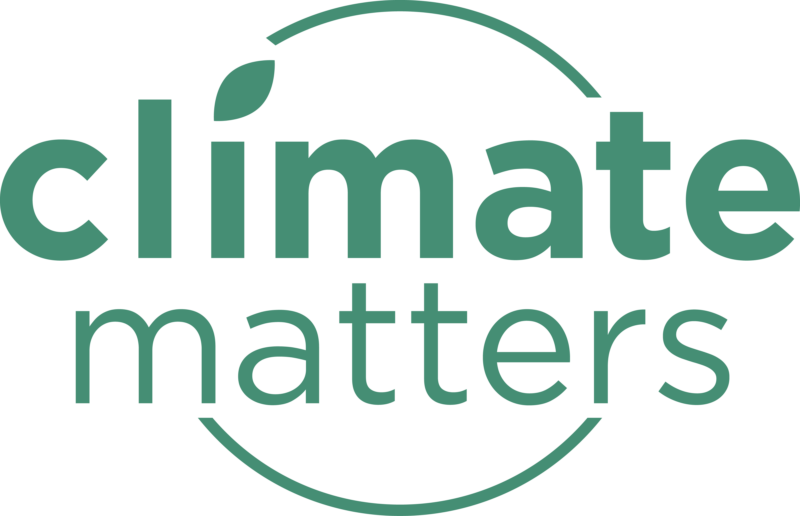Despite the IPCC’s ongoing efforts to communicate its findings more simply and effectively, the general public still lacks understanding of the IPCC’s work. Bridging actors like journalists are essential for conveying scientific information — especially for highly contextualized issues such as the model climate scenarios at the core of the IPCC’s reports. This raises the question of how effectively the media — still regarded by many members of the public as the primary source of information on climate change — convey the IPCC’s climate scenarios.
In our series, “study of the month”, members of the team present recently discovered scientific work recommended to readers of the blog. This month’s study:
Painter, J., Marshall, S., & Leitzell, K. (2024). Communicating climate futures: A multi-country study of how the media portray the IPCC scenarios in the 2021/2 Working Group reports. Climatic Change, 177(6), 82. https://doi.org/10.1007/s10584-024-03744-z
The IPCC and a new climate scenarios framework
The IPCC is crucial in comprehensively understanding climate change, its causes, potential impacts, and mitigation strategies. Through outputs such as Summaries for Policymakers (SPMs) and Assessment Reports (ARs), which synthesize the latest climate science, the IPCC informs international climate negotiations. It helps policymakers, scientists, and civil society actors to guide climate action and policymaking. Leading up to the latest Assessment Report (AR6), published in stages between 2021 and 2023, the IPCC set out to develop a new framework in the form of Shared Socioeconomic Pathways (SSPs). These are a set of scenarios developed to explore how global society, demographics, and the economy might change over the 21st century and how this might affect greenhouse gas emissions and climate change.
Methodology
Painter, Marshall, and Leitzell (2025) employ qualitative content analysis on 252 articles from prominent online news sites in the UK, USA, and India, as well as a broad range of English-language African news outlets and the Reuters news agency. The media coverage was analyzed within the 48 to 72 hours after the publication of the IPCC Working Group reports using a search-string approach with terms such as “IPCC”, “UN”, and “Climate”, accessed through the Factiva database. The authors used manual coding to create 32 variables, divided into three main categories: Presence of climate scenarios (SSPs) that are further analyzed by examining the terminology used to describe the climate scenarios (e.g., prediction or projection), explanation of climate scenarios, and additional issues such as binary framing (i.e., stark alternatives presented as the only option) or criticism from skeptical groups or individuals.
Results
- Presence of climate scenarios in news reporting: The study shows that the term “scenario” appears frequently throughout the entire media sample, being particularly prominent in the coverage of the WGI report (48.5%), but it declined to 22% for the WGII and III reports. In examining the terminology used in reporting climate scenarios, journalists tend to employ more precise terms like “projections” or “pathways,” while some opt for less accurate alternatives such as “predictions” or “forecasts.”
- Limited explanation of scenarios: The study finds that media coverage rarely provides detailed explanations of how climate scenarios are calculated across all countries or specifically addresses the SSP framework. When SSPs are mentioned, the coverage often lacks depth; further explanations regarding the scenarios discussed are typically absent. When present, explanations are usually found in specialist articles or infographics rather than mainstream news reports.
- Binary framing and doomsday narratives: The analysis found few doomsday frames (e.g., “only 12 years to act”). Instead, reporting often avoided extreme binary framing, such as deadline-driven frames, and presented a more measured discussion of climate change scenarios.
- Climate skepticism and uncertainty: The study found no criticism or questioning of climate scenarios, and a lack of organized climate skeptic or denial groups attempting to undermine the credibility of the IPCC. Beyond climate skepticism, there was minimal uncertainty expressed regarding the scenario and SSP framework.
The study shows how news coverage of complex climate issues, such as the SSP framework, often fails to convey the full picture. It suggests that the IPCC could improve communication by simplifying its messaging. Overall, the study highlights the need for more effective strategies for communicating complex scientific issues to help journalists better understand them, thereby ensuring that both policymakers and the public can make informed decisions based on the work presented by the IPCC.

